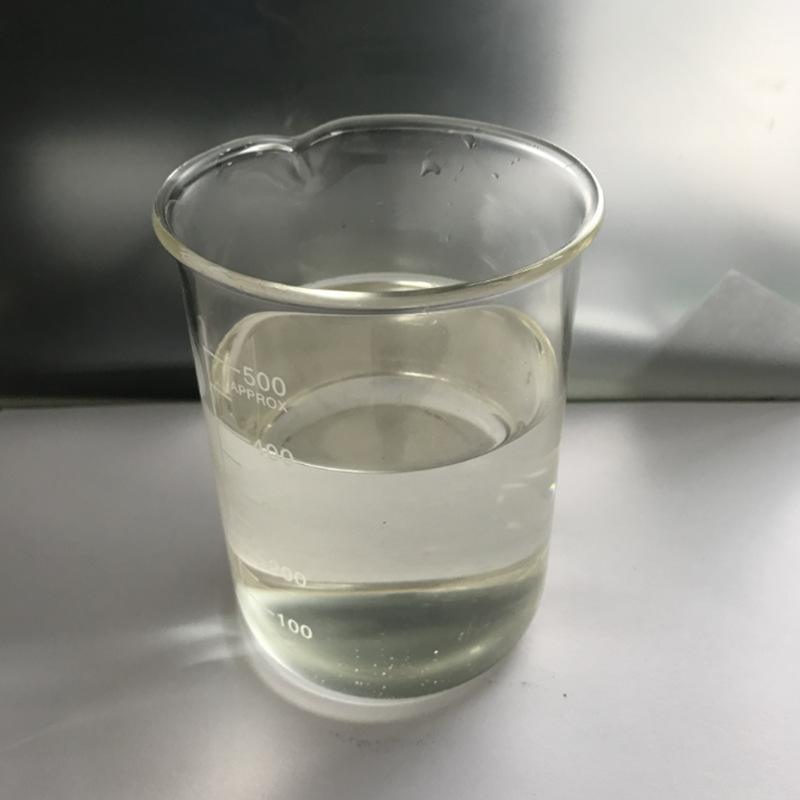Environmentally friendly plasticizers refer to organic substances that increase the plasticizer of plastics, improve the fluidity of the resin during molding and processing, and make the products flexible. It is usually a high-boiling, difficult-to-volatile viscous liquid or a low-melting solid. It generally does not react chemically with plastics. Below, Kain Chemical teaches you how to correctly choose a good-quality environmentally friendly plasticizer.

1. The compatibility between environmentally friendly plasticizers and resins. Generally speaking, additives only have good compatibility with resins: Only in this way can the additives be stored in the product stably and evenly for a long time and effectively exert their functions. If the compatibility is not good, “sweating” or “spraying” will easily occur, but sometimes the compatibility is not good. , the product requirements are not too strict, and can still have poor compatibility. For example, the compatibility between filler and tree wax is extremely poor. As long as the particle size of the filler is small, the product performance requirements can still be basically met. Obviously, it is best to use even Only by treating it with joint agent or surfactant can its function be fully exerted.
2. Durability of Environmentally Friendly Plasticizer Plasticizer I The loss of additives mainly volatilizes through three pathways. The extraction and migration are mainly related to the molecular weight of the additives. The solubility in the medium is related to the degree of decomposition in the resin.
3. The adaptability of environmentally friendly plasticizers to processing conditions: Some resins have strict processing conditions, such as high processing temperatures, which should be considered. Whether the selected additives will decompose and whether they will corrode the mold and equipment.
4. Restrictions on additives by product use: Products with different uses have different effects on the odor, toxicity, electrical properties, weatherability, and thermal properties of additives. Certain requirements.
5. Synergy and relative resistance in the combination of plasticizers. In the same resin system, sometimes two of the additives will produce “synergy”. Compared with using one kind of additive alone, the effect and function are much greater. However, if the coordination is improper, the “antagonism” between the two additives will weaken the function of each additive, and even make certain additives lose their effect. This Special attention should be paid to this point. If carbon black is used together with amine or phenolic oxygen disruptors, it will have an antagonistic effect

 微信扫一扫打赏
微信扫一扫打赏

